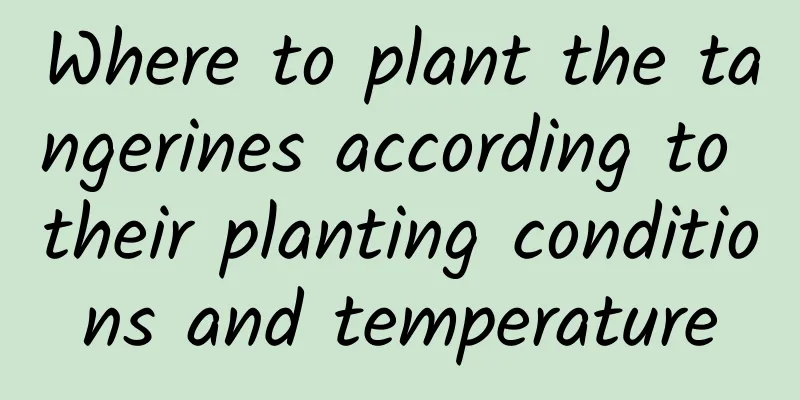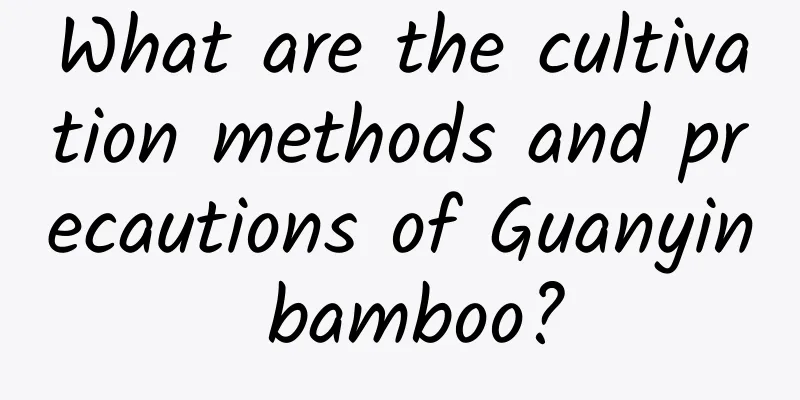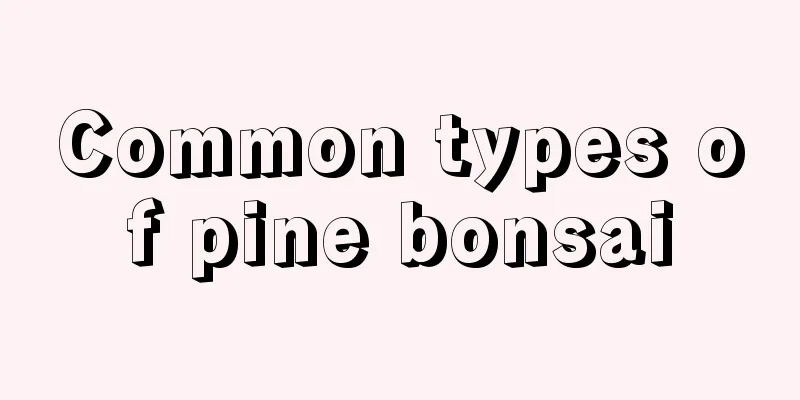Cultivation methods and precautions of celandine

1. Maintenance methods1. Light: Greater celandine likes a growing environment with sufficient light. It will grow very fast if the light is sufficient. If the sun is strong in summer, it still needs to be properly shaded. 2. Temperature: It prefers a warmer growing environment. The temperature of about 15-20℃ is most suitable for its growth. At the same time, it also has strong cold and heat resistance and is easy to keep. 3. Water: It will grow better in moist soil. In the wild, it is often found in wetlands and next to ditches. When cultivating it, try to keep the soil in the pot moist so that it can grow well. 4. Soil: Its growth has almost nothing to do with the soil. It can grow well in any kind of soil. When preparing the soil, you can use garden soil to plant it. It is best to add some sandy soil to make the soil better drainable. 2. Breeding techniques1. Reproduction: The most commonly used method of reproduction is sowing propagation, which can be carried out in spring, summer and autumn. When sowing, make sure the soil in the pot is moist so that it can germinate faster. 2. Repotting: It is best to repot Greater celandine in sunny weather. Prepare new potting soil and you can repot directly. Be careful with its roots when repotting. You can cut off the dead and rotten roots. After potting, water it thoroughly. 3. Problem diagnosis and treatment1. Pests: During its growth period, red spiders will appear on the plant, mainly harming the leaves and stems of the plant. When discovered, spray it with 1500 times diluted 40% carbofuran as soon as possible. 2. Yellow leaves: The yellow leaves of celandine are mostly caused by lack of water and high solar temperature. If the temperature is high and the sun is strong in summer, it is best to move it to a cooler location and water it. IV. Other issues1. Is it edible? Although the name of Greater Celandine sounds like a vegetable, it is not edible. It has another alias, which is "heartbreak grass" because it is poisonous. 2. Is it poisonous? Greater celandine is somewhat toxic. If ingested by mistake, it can cause poisoning symptoms such as irritability and high blood pressure. It is especially forbidden for pregnant women and people with weak bodies to eat it. |
<<: Cultivation methods and precautions of Hedyotis diffusa
>>: Cultivation methods and precautions of white sandalwood cactus
Recommend
Differences between Cotinus coggygria and Cotinus coggygria
1. Tree shape difference The crown of the Cotinus...
What to do if the roots of Tang fan rot
The reason why the roots of Tang fans rot Hot and...
Does the budding of orchids mean that they will soon bloom?
1. Whether it blooms The budding of orchids means...
How to make lucky bamboo grow roots quickly with water
1. Water quality environment If you want the luck...
Can tissue cultured orchids become old species? Introduction to the advantages and disadvantages of tissue cultured orchids
1. Can it change? Can't become an old species...
How to care for aloe vera in winter
Is aloe vera afraid of cold? Aloe vera is afraid ...
How to cut and graft the stems of Zi Chi Nian Hua
Beheading method Beheading time Pruning is not on...
Does boxwood prefer shade or sun?
Does boxwood prefer shade or sun? Boxwood is easy...
Do microbial agents have a rooting effect (promoting the growth of crop plant roots)?
Have farmer friends discovered a problem? No matt...
Is iris cold-resistant? What are the diseases of iris?
1. Is it cold-resistant? Iris has a strong abilit...
What to do if dahlia root rots
Dahlia root rot – soil problem If dahlias suffer ...
The most prosperous fortune flower
1. White Palm Anthurium is also called the smooth...
How to grow purple moon well
1. Breeding methods 1. Temperature: The environme...
What are the effects and side effects of boiling guava leaves in water?
1. The benefits of boiling guava leaves in water ...
Is blue stone lotus poisonous? Can it be grown indoors?
Is blue stone lotus poisonous? Blue stone lotus i...









